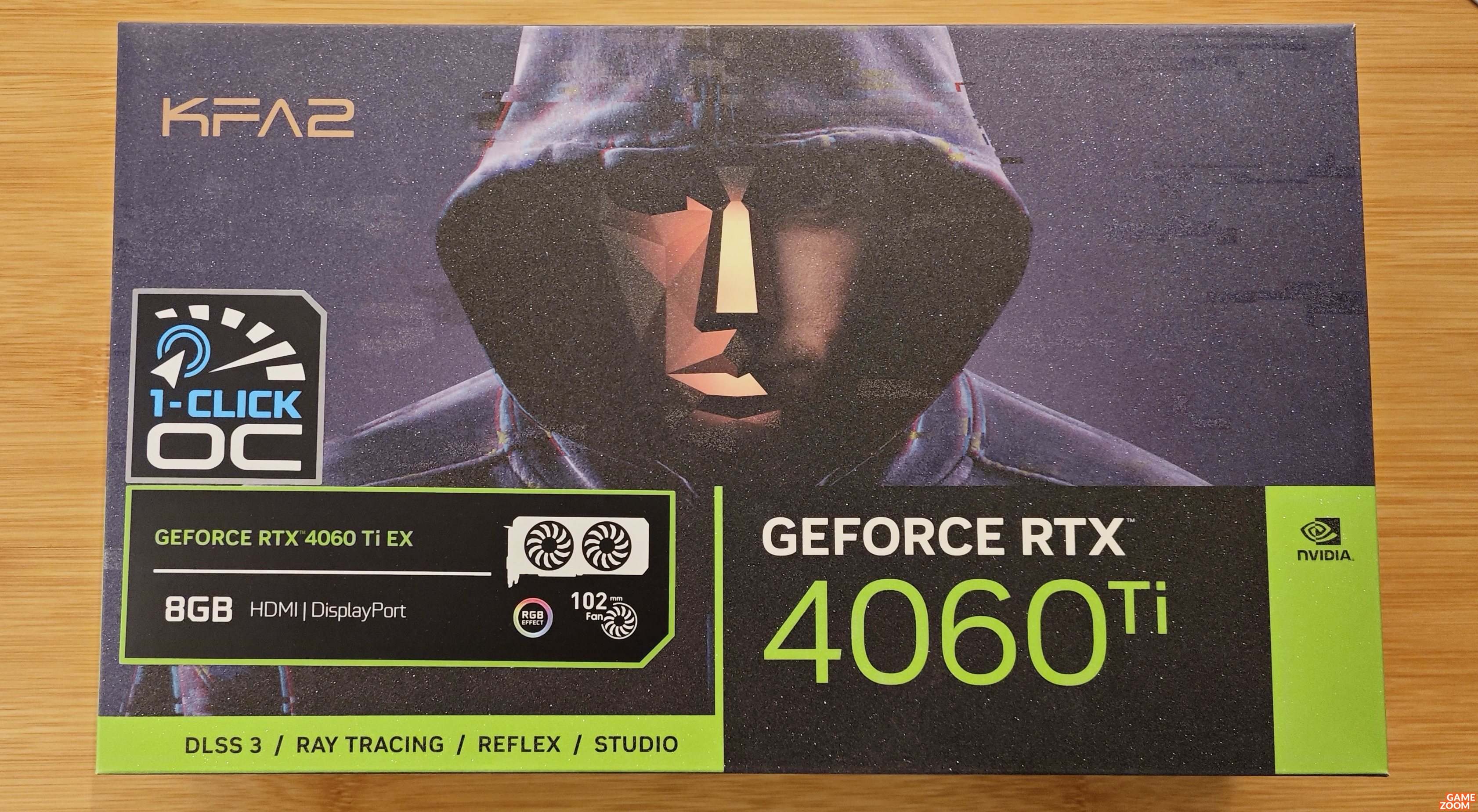
Alle Ergebnisse
Inhalt
Fakten
Hersteller
KFA2
Release
Anfang Juni 2023
Produkt
Grafikkarte
Preis
ab 419
Webseite
Media (11)












Inhalt
Kommentar schreiben